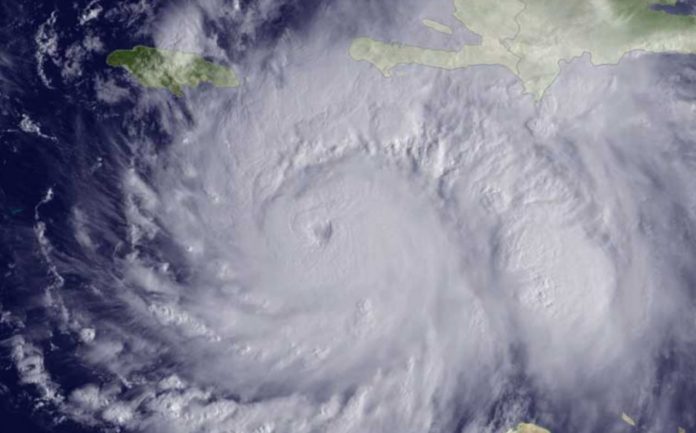Experts say the Eastern United States should brace for another round of tropical storms this year. The National Oceanic and Atmospheric (NOAA) Administration’s latest forecast says that the 2022 Atlantic hurricane season is likely to be more active than average for the seventh year in a row.
According to NOAA, the 2022 Atlantic hurricane season, which begins June 1 and ends November 30, is expected to produce 14 to 21 named storms, or storms with winds of 39 mph (63 km/h) or higher; six to ten hurricanes with winds of 74 mph (119 km/h); and three to six major hurricanes with winds of 111 mph (179 km/h).
National Hurricane Center names the first storm Alex and the next four Bonnie, Colin, Danielle, and Earl. Each year, only 21 names are given to storms, beginning with the letters A through W, before Greek letters are assigned instead. For the third year in a row, the updated forecast suggests that all 21 storm names will be used; 21 storms formed in 2021, and a record-breaking 30 storms formed in 2020.
The current “La Nia” event, which has resulted in warmer waters in the Atlantic Ocean and Caribbean Sea, is largely to blame for the season’s forecasted above-average temperatures. La Nia, which translates to “little girl” in Spanish, is a Pacific Ocean climatic phenomenon in which tropical eastern Pacific seas are colder than average and trade winds are stronger than usual. According to NOAA, this can alter weather around the world and lead to more violent hurricane seasons.
On April 28, experts from the University of Arizona predicted that La Nia would evaporate, resulting in a slightly above-average hurricane season. (The size, frequency, and power of hurricanes are all influenced by ocean surface temperatures.) The storm will be greater if the ocean is warmer, according to NOAA.)
Fortunately, the National Oceanic and Atmospheric Administration (NOAA) indicated on May 18 that the Central Pacific hurricane season, which begins on June 1, will be less active than typical. In the Central Pacific hurricane region, only two to four tropical cyclones are expected, compared to an average of four to five. According to the statement, the La Nia event is producing wind patterns that will help prevent storms from emerging in this region.
There has been an increase in hurricane activity even without the storm-inducing La Nia phenomenon, because to rising global sea-surface temperatures from climate change.
The Mayor of New York City, Eric Adams, stated on May 24 during a news briefing held by the NOAA at the New York City Emergency Management Department that “We have to refocus on this new reality of dealing with this change to our environment and how it impacts us every day.”
Ida, the largest storm of 2021, had maximum winds of 150 mph (240 km/h), struck nine states, and could be seen from more than a million miles away. New York City was one of the most hit. NOAA officials reported in April that hurricane Ida’s winds, rainfall, storm surges, and tornadoes had inflicted $75 billion in damages by the time it was done.
Climate warming has also increased the power of individual storms. Due to rising ocean temperatures in the region, hurricane wind speeds in Bermuda have more than doubled in power during the last 66 years, according to a study published in the journal Environmental Research Letters in February 2021.
The Atlantic hurricane season of 2021 turned out to be even more active than expected. If NOAA’s forecasts for this year are true, experts recommend that people begin planning for storms as soon as possible.
At the meeting, NOAA administrator Richard Spinrad stated, “It’s crucial to remember that it only takes one storm to damage your home, neighborhood and community.”
Image Credit: Getty
You were reading: The Atlantic Hurricane Season Starts On June 1 – NOAA
